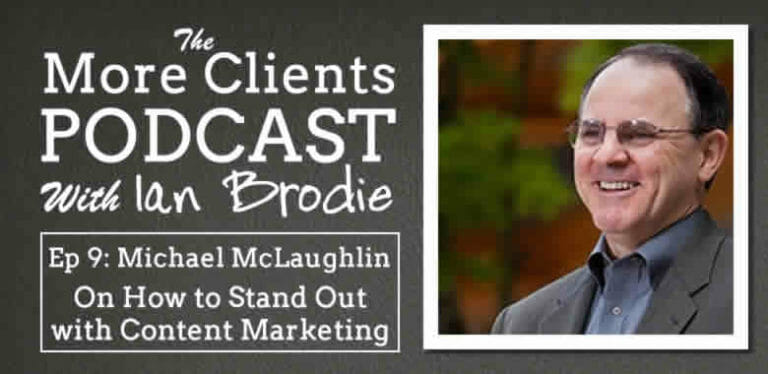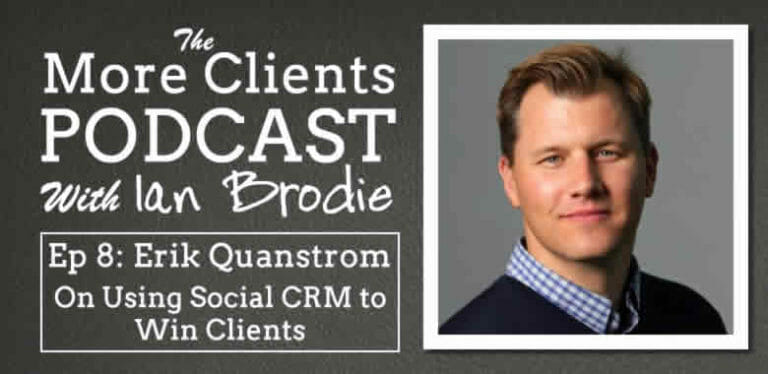Featured
Posted by Ian Brodie on September 2nd, 2013.
Ian Brodie on September 2nd, 2013.
 Today's blog post is by Caroline Talbott, leadership coach, author, and long time reader of this blog! Caroline's book Essential Career Transition Coaching Skills was recently published by Routledge.. Over to you Caroline…
Today's blog post is by Caroline Talbott, leadership coach, author, and long time reader of this blog! Caroline's book Essential Career Transition Coaching Skills was recently published by Routledge.. Over to you Caroline…
We’ve all been told (not least by Ian!) – get yourself known, become a Visible Expert, an ‘Authority’. And we all know that writing a book is a fantastic way to do that – but where do you start?
Here’s the story of how I got mine into print – I hope it’s helpful to you in doing the same.
Myth number 1: Finding a publisher is difficult.
Not so in my case – it was about using my network, demonstrating my credibility, taking advice – and persistence.
My book came about when I saw a post in a professional coaching forum from a fellow member who is the Editor of a coaching book series – she was asking for ideas for new titles, I made some suggestions and one of them she liked. I took her advice about how to write the proposal and a sample chapter – she liked that too, and so did the publisher – eventually. It took a lot of waiting, chasing and a little bit of re-positioning. But getting the contract in my hand was a major moment!
So the best tip I can give you is: find someone, using your network, who has a need for what you want to write about (as with any product or service) rather than writing something and THEN trying to find a need…
Myth number 2: Writing a book is hard
I must say this is the part I loved! The following are my tips for how I got into the flow and made this enjoyable.
Content: If you choose a subject you are really an authority on you will know what you want to say – and you will move in circles with other experts who have different but equally valid takes on the subject. Tap into their ideas and feature them in the book – you’ll then have a range of interesting perspectives. And also a host of people with a network for promoting your book!
Find your voice: Don’t try and write in some fancy, artificial way that’s not you. Writing a blog is a great way to start and to practice with short pieces – and you get feedback.
Just put yourself out there: There’s also nothing quite like a blog to give you the courage to write down your stuff. I remember the trepidation when I pushed the button to publish my first blog post – and then the adrenalin rush when I saw it on the Internet. You know what you’re talking about so don’t spend hours agonising over “Will other people agree?”. As I’ve learnt from Ian, no one can please everyone and the people who are attracted to you are the ones who will want to read your book and work with you. Take the attitude ‘It’s my book and if I say that’s right – it’s right!’
Getting down to it: Set aside time every day to write (or everyday that it’s physically possible). Our minds are freshest and most creative in the morning so just get up, start writing. Great excuse to hang around in your dressing gown! Begin by writing as a stream of consciousness and then critique it afterwards.
Myth number 3: You’ll be asked to do endless rewrites
Not so. After I’d written each chapter I asked fellow coaches to peer review my work. I owed a lot of coffees/lunches etc afterwards but most said how much they enjoyed reading it. The upshot was that there was nothing I had to rewrite, just a few suggestions that were left up to me to use if I wanted to.
Myth number 4: Once it’s written your work is done
No, definitely not. The publishers employ a very helpful band of copy editors, proof checkers, co-ordinators etc etc who support you in getting the manuscript ready for printing. But you still need to do a lot of checking yourself to ensure that it’s exactly as YOU intended. I have to say most of this is still something of a mystery to me – and that’s one of the benefits of using a publisher – because if you self publish you have to do all this yourself. And it’s not easy when you have 60,000 words to contend with!
Does all this take a long time? Yes. I was given a year to write my book and then it took almost another year to get it on to the shelves. But it sure is worth it when you get your own printed book in your hand and see it on Amazon, and then read the 5 star reviews!
What would I do differently? I think the one thing I would change is that I would have put less content into this first book. I could then have got it out there faster – and would have more material for a sequel!
So what are you waiting for? The most difficult step is the first one so plan your strategy and get started – there’s no time like now. Why not you, why not now? If not now, then when?
With over 30 years experience in business, Caroline Talbott develops leaders and their organisations through executive coaching, leadership and Organisation Development and change consultancy, and. She is the author of ‘Essential Career Transition Coaching Skills’.
You can connect with Caroline at the Professionals in Leadership blog, on her website Caroline Talbott – catalyst for change or via twitter as @CaroCatalyst



 I was doing one of my favourite things in the world yesterday: grabbing a coffee and reading on my iPad (in this case, Guy Kawasaki's book on book publishing: APE). This time my rather pleasant afternoon was interrupted by a conversation at a nearby table that I just couldn't help listening into.
I was doing one of my favourite things in the world yesterday: grabbing a coffee and reading on my iPad (in this case, Guy Kawasaki's book on book publishing: APE). This time my rather pleasant afternoon was interrupted by a conversation at a nearby table that I just couldn't help listening into. Today's blog post is by Caroline Talbott, leadership coach, author, and long time reader of this blog! Caroline's book Essential Career Transition Coaching Skills was recently published by Routledge.. Over to you Caroline…
Today's blog post is by Caroline Talbott, leadership coach, author, and long time reader of this blog! Caroline's book Essential Career Transition Coaching Skills was recently published by Routledge.. Over to you Caroline…